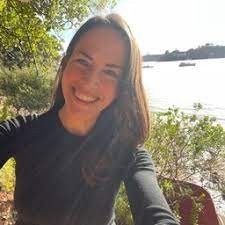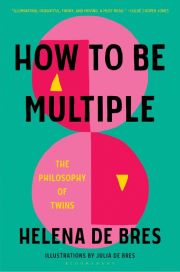The book is comprised of 5 essays, each one a chapter, and while they can be read independently, their topics build on one another. Every one of the essays tackles a central, philosophical question that relates to twins. de Bres elaborated, “…each one has a question as a title that’s meant to refer to the kinds of questions that twins get asked all the time by non-twins in their everyday lives. The first chapter is called, ‘Which one are you?’ and it talks about this habit we have of binarizing or polarizing twins, so one for instance will be the good twin, one will be the evil twin… The second essay is called, ‘How many of you are there?’ and it talks about this question of the degree to which twins combine personhood. People often treat twins as somehow less than two people…. Essay number 3 is about love… it talks about two contrasting images of the twin relationship, one as being perfect and ideal, one as being pathological. Next one is, ‘How free are you?’ It talks about this question of the relative role of nature and nurture and human life, and how that relates to our ability to act freely…the final essay is about the singleton fascination with twins. Twins are often used… in the market as advertising tools. They’re used to sell things. Also, just for entertainment. People love watching things about twins, so twins are put to use, scientific use and intellectual use. I’m using twins in this book to think about human life.”

Twins are just a really useful narrative device. They’re often used to represent different ways of being, different diverging paths. It’s a way of exploring the role of fate in human life.


There are two things in life for which we are never truly prepared: twins.”

Podcast: Play in new window | Download
Subscribe: RSS

Want to join the discussion?
Feel free to contribute!